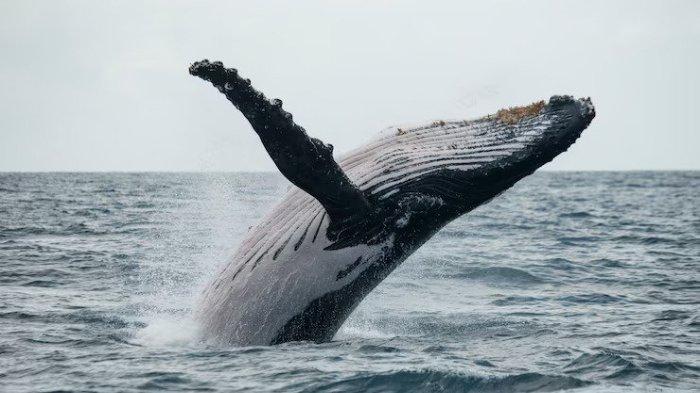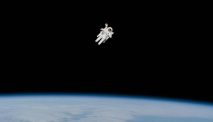Diksia.com - Baleen whales are marine mammals that have baleen instead of teeth to eat shrimp, plankton and small fish.
The carcass of a baleen whale was found by local fishermen at Kejawan Putih Tambak Beach in Surabaya on Sunday afternoon (May 14, 2023).
Students and lecturers from the Faculty of Veterinary Medicine (FKH) at Airlangga University carried out an autopsy on the carcass of a baleen whale with a boat on Tuesday morning (May 16th, 2023).
Their boat got stuck in the mud for an hour due to tidal conditions on the beach, quoted by the National Police Press Office.
Baleen whales are one of the cetacean species that have two openings on their heads, which is why their shots are more powerful than those of toothed whales, which have one opening.
Baleen whales are also called toothless whales because they have no teeth.
The Balinese, who have structures like hair and nails, catch small prey, quoted from Britannica.
Baleen whales are mammals, i.e. warm-blooded, and breathe air through their lungs.
Baleen whales use their two blowholes to breathe when they reach the surface.
As mammals, baleen whales also reproduce by giving birth to young.
This animal opens its mouth and drinks a lot of water.
Then its mouth is closed and the baleen whale pushes the water out through the baleen part of its mouth.
Body parts of baleen whales
There are 12 species of baleen whales including blue, gray and humpback whales.
The general body shape of a baleen whale is roughly cylindrical but tapering at both ends.
This particular shape is energy efficient enough to swim.
Compared to other body shapes, the baleen whale’s body shape creates less drag.
Meanwhile, baleen whales vary in size from pygmy right whales measuring 6m and 3,000kg to blue whales measuring 31m and 190 tons.
Head
The right whale, a species of baleen whale, has a head that is a quarter to a third of its body length.
A right whale has all seven cervical vertebrae fused together, preventing it from moving its head back and forth.
The upper jaw of the right whale is curved into a very long baleen case.
Crusted, yellow-white growths on the right whale’s head, jaw, and blowhole area are called calluses.
The collection of natural characters like these helps researchers in photographs identification studies.
Rorquals have a broad, flat rostrum and a slightly arched jaw.
Some species have a protrusion at the rostrum and a V or U shape at the tip of the snout.
While the humpback whale has multiple bumps on its head.
Gray whales have a narrow head with a slight indentation in the jawline.
Unfused cervical vertebrae allow flexibility in the head and neck area.
Baleen
Baleen whales have baleen in their mouths, so no teeth.
In the mouth of a baleen whale, a hard plate of keratin grows from the gums of the upper jaw.
These plates are called baleen and grow on each side of the mouth in sequence.
Keratin is a fibrous protein that also makes up hair and nails. It is strong but relatively elastic.
Baleen, like human hair and fingernails, grows over the course of a whale’s life, and their edges are constantly worn down.
The color of Balin plates varies from black to yellow to white, depending on the species.
The outer edge of each panel is smooth, the inner edge is torn, and the inner edge of the torn panel is woven together into a mat.
The Balin plate appears in fetal whales as a thickening of the skin on the upper jaw.
Leather
Baleen whales have smooth skin with no sebaceous glands or pores.
The epidermis is about 5 to 7 mm thick.
Many species have sparse hairs on the snout, jaw, and chin.
The lack of feathers in whales is an adaptation for more efficient swimming.
However, various parasites can infest the skin of baleen whales.






